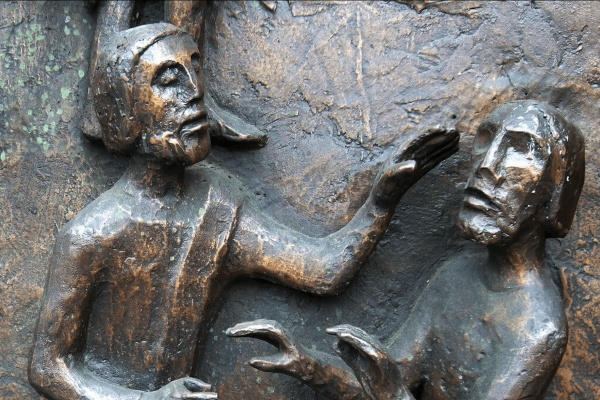Mar 9, 2022
Time after time, these Christians would lay hands on me while I waited in line at Starbucks or the food court at the local mall. They’d try and cast out evil demons, pray that my faith would be strengthened, or command in Jesus’ name that I get up and walk (even though I could already walk). Each time, they would stand back as if they’d just recited the magic words. Each time, with progressively less optimism and greater anger, I’d step forward only to find out I wasn’t healed. Some would accuse me of not having enough faith, but most just apologized and went on with their day. I was left alone. Still limping, still furious.
Read the Full Article

Already a subscriber? Login
